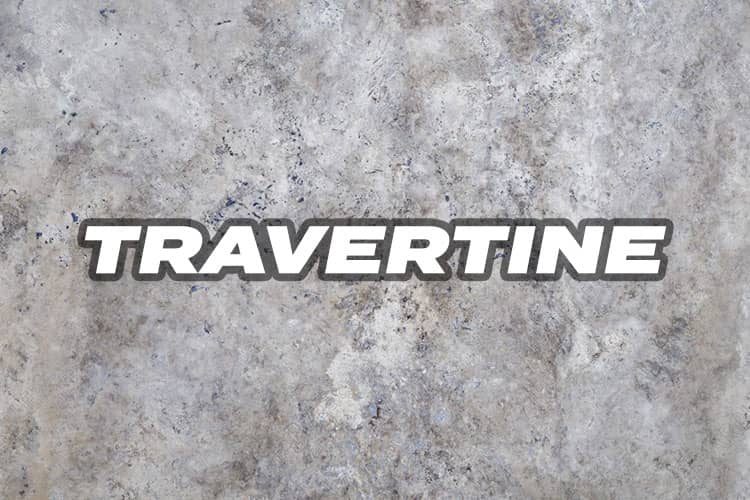If it’s time for a kitchen makeover, you may be contemplating natural stones and which one may be best for you. While your mind may automatically go to granite, have you considered travertine instead? Not only is it a beautiful and durable stone, it’s a conversation-starter that’s gaining in popularity among today’s homeowners.
Here’s a look at the history of travertine as well as its many benefits.
History of Travertine
Interestingly enough, travertine starts out as limestone before going through a relatively fast sedimentary process spurred by water. Rome’s travertine quarries of Tivoli took millions of years to form, and were used by ancient builders in the construction of St. Peter’s Square and Basilica.
Formed from a combination of high pressure and heat, travertine has been the cornerstone of construction for numerous impressive structures around the world for thousands of years. It looks like marble yet comes at a fraction of the price, and is known as onyx marble. You’ll typically see it being imported from Turkey, Mexico, and the Middle East.
Colors
Looking for earth tones to match the rest of the kitchen? Good news: travertine is available in several colors and patterns, such as:
- Creamy white
- Copper
- Tan
- Earthy brown
- Ivory
- Walnut
- Gold
- Coral
- Beige
Veining and Light Reflection
Travertine countertops feature delicate and elegant veining similar to marble, yet with slight imperfections that add to its realistic appeal. Travertine also reflects light well, which helps to brighten your kitchen because it essentially magnifies the natural light.
Porosity and Hardness Levels
While travertine is quite durable, you still have to seal your countertops regularly if you want to ensure vibrancy. That’s because travertine is more porous than other stone types, making it more likely that it will stain due to the presence of acidic substances such as soda, wine, coffee, and juice.
When it comes to hardness ratings, travertine boasts a high score, meaning it’s better able to withstand heat than other natural stones. So if you place a hot pan directly onto your counters, no damage will occur. It’s still a good idea to set down a pot holder or trivet just to be safe.
Versatility and Affordability
Because travertine is fairly easy to cut and shape, it’s ideal for small and odd-shaped parts of your kitchen counters such as corners. Thus, it’s great for use around sinks, showers, fireplace panels and backsplashes.
Travertine is more affordable than other stones like marble or even granite, plus it’s a natural environmentally-friendly product that ensures a sustainable choice for any home.
Contact Granite Guy
Eager to learn more about the benefits of installing travertine countertops in your kitchen? Just contact us at 508-460-7900 to make an appointment with our Dedham travertine installers.

